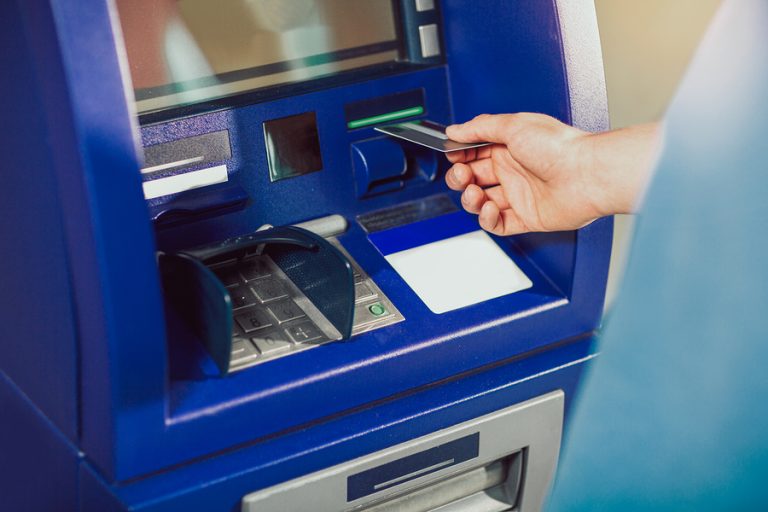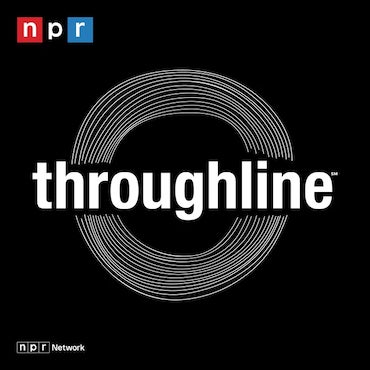Pa. banking on new program providing inmates with financial savvy to succeed
State research shows three-quarters of inmates with bank accounts do not return to prison. Of those who do come back, only 39 percent have bank accounts.

(Big Stock photo)
Pennsylvania has a new idea to help lower recidivism rates.
Two state agencies have launched a pilot program that teaches financial literacy to inmates at state prisons.
The phrase “follow the money” has taken on new meaning for prisoners who take the course on credit and banking basics.
The class, which began last fall, is a collaboration between the Department of Corrections and the Department of Banking and Securities.
State Secretary of Corrections John Wetzel and state Secretary of Banking and Securities Robin L. Wiessmann co-authored a paper that argued financial acumen is a tool inmates need to be successful citizens — in addition to a high school diploma, job training and employment.
Program coordinator Becky MacDicken has racked up 18,000 miles traveling across the state since October 2017 as she’s taught more than 4,300 inmates. She has made more than 100 presentations at all 25 state facilities and one at Allenwood Federal Correctional Center in Union County.
The length of the class varies by institution, but runs approximately 45 to 90 minutes and covers how to monitor credit and how to use a bank or credit union.
Most inmates have never had a bank account, relying only on cash, said MacDicken, an outreach specialist at the state Department of Banking Securities.
“A lot of these folks have been locked up for a while and aren’t used to dealing with money. A lot of things have changed, even in the banking system,” she said. “We’ve gone to ATMs and credit and debit cards, which we understand, but they may have never seen. But it is important for them to understand money plays a role in everything they do.”
The original audience was Pennsylvania’s juvenile lifer population — the largest in the country — but officials expanded it to the general population and inmates in the prison’s transitional housing unit who will soon re-enter society.
“What I have found to be different with the inmate population is they are far more open and receptive. They’re actually engaged and learning and wanting to be there 99 percent of the time,” MacDicken said. “Some of these guys realize they do want to change their lives when they get out of prison. So they are paying attention.”
State research shows three-quarters of inmates with bank accounts do not return to prison. Of those who do come back, only 39 percent have bank accounts.
“There’s something probably about the mental state of having a bank account that is helping them realize, ‘Hey, I’m back in society. I’m doing what I’m supposed to do.’ It’s a little more of the norm, and so getting that is important,” MacDicken said.
State research also shows employment rates are 13 percent higher for people who participated in education or training while incarcerated.
In the program’s second year, goals include: notifying every inmate by letter of the financial education resources available; conducting a Department of Corrections staff survey to get feedback on the materials and quality of presenters; and recruiting more volunteer teachers.
—
Editor’s Note: A previous headline on this story wrongly identified who is served by the program. It is for current prisoners.
WHYY is your source for fact-based, in-depth journalism and information. As a nonprofit organization, we rely on financial support from readers like you. Please give today.





